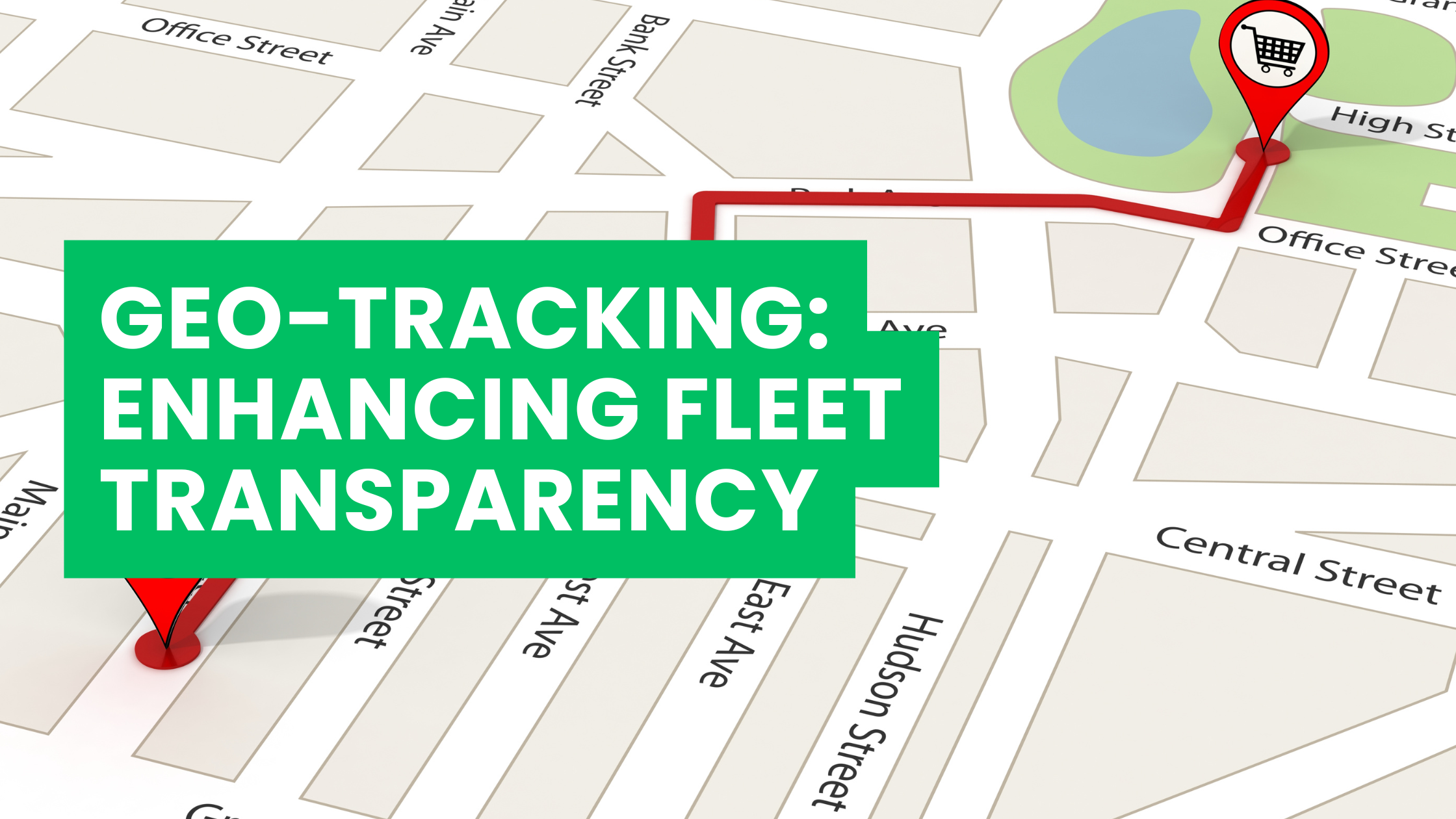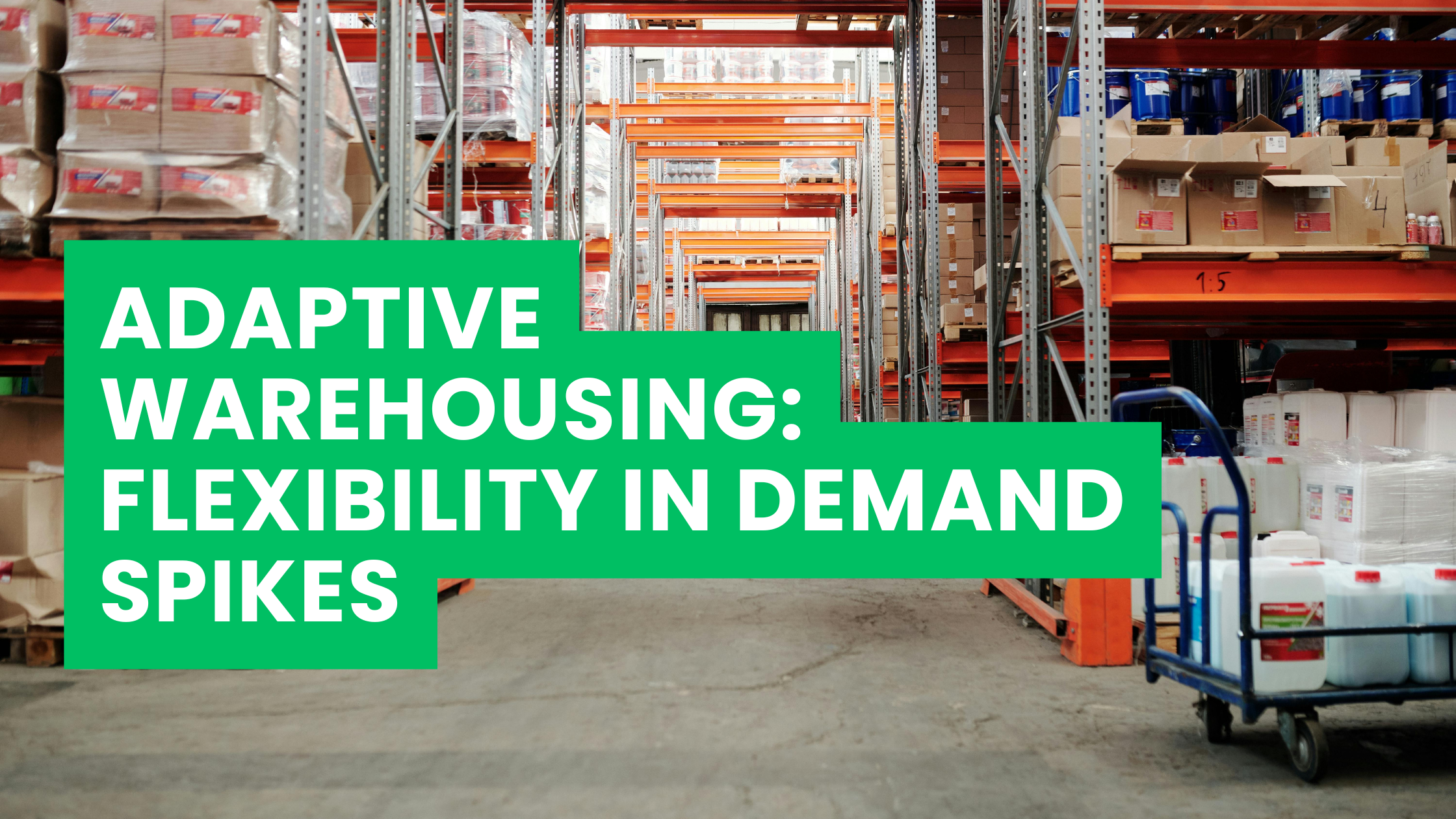Introduction: The Warehouse Revolution is Here
It’s no longer science fiction—robots are not just part of the factory floor; they’re now full-fledged teammates in modern warehouses. At ASL International, we’ve been closely observing how robotics is transforming the very DNA of warehousing. Gone are the days of monotonous manual tasks and static inventory systems. Today’s smart warehouses are dynamic, agile, and increasingly autonomous.
The integration of robotics isn’t about replacing people; it’s about empowering warehouse teams with intelligent support systems that enhance safety, speed, and scalability. In this blog post, we take you deep inside the world of smart warehousing and examine how robots have become trusted co-workers—and why the future of logistics depends on it.
Why Smart Warehousing Matters Today
Global supply chains are under intense pressure to be faster, more accurate, and increasingly cost-efficient. E-commerce surges, labor shortages, and rising customer expectations have left traditional warehousing models straining to keep up.
Smart warehousing offers a compelling solution:
- Increased efficiency through automation
- Real-time data collection for better inventory visibility
- Scalable solutions to match seasonal or demand fluctuations
- Safer work environments for human staff
- Reduced error rates in order picking and inventory management
Robots play a central role in making this vision a reality.
Meet Your New Teammates: Types of Warehouse Robots
Modern warehouses host a variety of robotic systems, each designed to tackle specific challenges:
1. Automated Guided Vehicles (AGVs)
AGVs move along pre-defined paths using sensors or magnetic strips. They’re ideal for transporting goods across fixed routes within large facilities. Think of them as the warehouse’s internal delivery trucks.
2. Autonomous Mobile Robots (AMRs)
Unlike AGVs, AMRs are more flexible. They use LiDAR, cameras, and advanced mapping to navigate independently and avoid obstacles. They’re perfect for dynamic environments where layouts often change.
3. Robotic Arms and Pickers
These robots mimic human dexterity and are used for repetitive tasks like picking, packing, or palletizing. With AI vision systems, they can identify items of varying shapes and sizes—much like a human hand would.
4. Drones for Inventory Management
Flying drones are increasingly used to scan inventory in hard-to-reach places, reducing the need for ladders and human error in manual counting.
5. Automated Storage and Retrieval Systems (ASRS)
These are integrated shelving and robotic systems that automatically place or retrieve goods. They save floor space, reduce picking times, and increase inventory accuracy.
Human + Robot: A Powerful Collaboration
One of the most common misconceptions about warehouse robotics is that it will make human workers obsolete. The truth is quite the opposite.
Robots are being deployed not to replace human jobs, but to handle the “3Ds” of warehousing:
- Dirty tasks (e.g., handling waste or hazardous materials)
- Dull tasks (e.g., endless picking or sorting)
- Dangerous tasks (e.g., heavy lifting or extreme temperatures)
This allows human staff to take on more meaningful, higher-skilled roles—like overseeing operations, maintaining systems, or analyzing performance data. When humans and robots work together, productivity soars, and workplace satisfaction often increases.
Real-World Impact: Use Cases from Global Warehousing Leaders
Amazon: A Pioneer in Robotic Warehousing
Amazon’s fulfillment centers use over 750,000 mobile robots alongside their human workforce. The result? Faster order fulfillment, reduced operational costs, and an environment where robotic precision complements human flexibility.
JD.com (China): Fully Automated Fulfillment
China’s e-commerce giant operates one of the world’s most automated warehouses with robots doing everything from unloading trucks to packaging. This setup reduced labor dependency while maintaining 24/7 operations during peak times like Singles’ Day.
DHL: Smart Robotics for Global Logistics
DHL uses robotic arms for co-packing and AMRs for moving parcels across large distribution centers. Their investment in robotics is focused on creating safe, scalable operations that adapt quickly to changing demand.
These aren’t just tech showcases—they’re real-life examples of how robotics is reshaping business models in the logistics industry.
The ASL International Perspective: Why We Support Smart Warehousing
At ASL International, we view robotics as a core pillar of future logistics infrastructure. As part of our supply chain and fulfillment services, we actively help clients explore and integrate smart warehousing capabilities.
Our Role Includes:
- Consulting on warehouse automation strategies
- Designing hybrid systems where human and robotic teams coexist efficiently
- Ensuring compliance and integration with global import/export regulations for robotic equipment
- Deploying and managing smart warehousing solutions across emerging markets
Our clients—from global tech giants to fast-scaling startups—benefit from streamlined operations, predictable lead times, and improved order accuracy. Smart warehousing has become an indispensable tool in achieving these outcomes.
Challenges in Robotics Adoption (And How to Overcome Them)
While the benefits are substantial, transitioning to a robot-powered warehouse comes with its own set of challenges:
1. High Upfront Investment
Robotics systems can be capital intensive. However, the ROI often materializes within 2–3 years through labor savings, error reduction, and throughput gains.
2. Workforce Resistance
Change is never easy. Training and upskilling existing staff is key to smoothing this transition. Many workers ultimately embrace robotics when they see safety and workload improvements.
3. Integration Complexity
Robots must work in harmony with WMS (Warehouse Management Systems), ERP software, and human workflows. That’s where experienced logistics partners like ASL International bring value—by ensuring interoperability and seamless execution.
4. Cybersecurity Risks
Connected robots can be vulnerable to hacking or data breaches. A robust cybersecurity framework is critical for smart warehousing—especially when handling sensitive or regulated goods.
What the Future Holds: AI + Robotics in Warehousing
Looking ahead, the integration of artificial intelligence (AI) will supercharge the capabilities of warehouse robots.
Expect to see:
- Predictive task assignments where robots decide what needs doing before being told
- Self-learning systems that improve with every cycle
- AI-powered computer vision that can detect product flaws or packaging errors instantly
- Warehouse digital twins that simulate scenarios to optimize layouts, routes, and workflows in real-time
Eventually, smart warehouses will function almost like living organisms—constantly sensing, adapting, and responding to demand signals in real time.
How to Get Started: A Roadmap for Robotics Integration
For companies looking to begin their smart warehousing journey, here’s a simple roadmap:
- Assess your current warehouse operations
- Identify bottlenecks, labor challenges, and inefficiencies.
- Define clear goals
- Are you aiming for faster picking? Higher inventory accuracy? Lower labor costs?
- Engage a logistics technology partner
- ASL International can help you design a customized, scalable plan.
- Pilot with a modular system
- Start small with AMRs or robotic picking arms, then scale as needed.
- Train your team
- Equip your people with the skills and confidence to thrive alongside robots.
- Monitor and optimize
- Use analytics and KPIs to continuously fine-tune performance.
Conclusion: It’s Time to Rethink the Warehouse
Smart warehousing is no longer a futuristic concept—it’s happening here and now. Robots are not just machines; they’re collaborators that bring consistency, speed, and intelligence to warehousing operations.
At ASL International, we’re committed to helping clients build resilient, responsive, and robot-enabled warehouses that meet the demands of the modern supply chain. The future of logistics isn’t just about automation—it’s about collaboration between man and machine.
When robots join your team, everyone wins.
Let’s Talk Smart Warehousing
Interested in transforming your warehouse operations with robotics and automation?
Contact ASL International today to explore how we can design and deploy smart warehousing solutions tailored to your supply chain goals.










